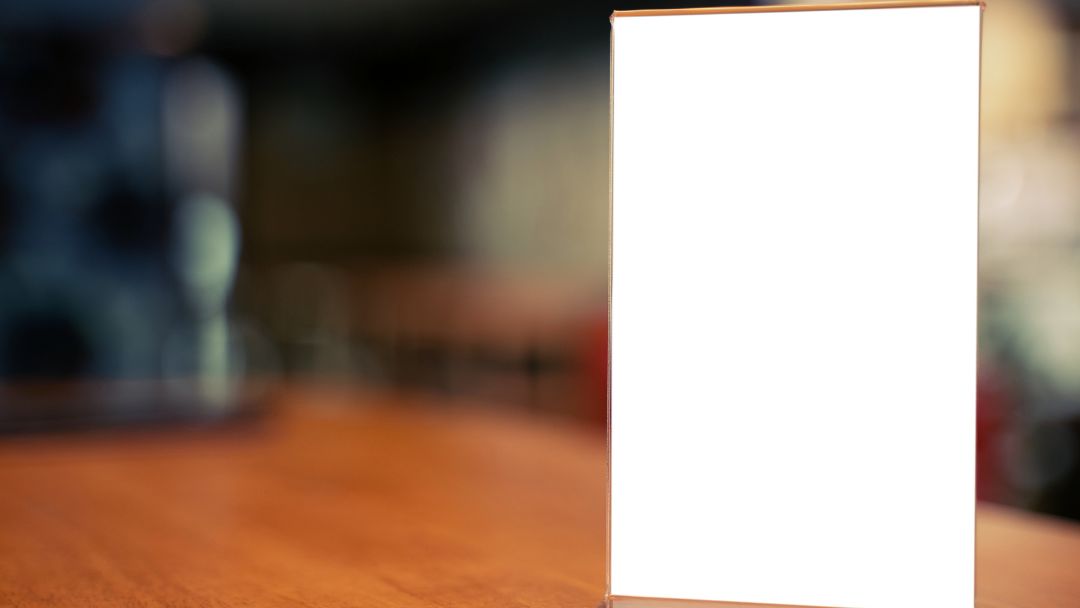Menu card design is an art that combines aesthetics and functionality to create a delightful dining experience. It’s not just a list of dishes; it’s a visual and sensory journey that guides diners through the offerings of a restaurant. In this article, we will explore the world of menu card design, its importance, key elements, and how it plays a pivotal role in the restaurant industry menu card design.
The Significance of Menu Card Design
A well-designed menu card is more than a practical tool for ordering food; it’s a reflection of a restaurant’s identity and its commitment to culinary excellence. Here’s why menu card design matters:
- First Impression: The menu card is often the first point of contact between the diner and the restaurant. An appealing design can create a positive first impression.
- Branding: It’s an opportunity to convey the restaurant’s brand personality, style, and unique culinary offerings.
- Navigation: An effectively designed menu makes it easy for diners to browse and select dishes, enhancing the overall dining experience.
- Marketing Tool: A well-structured menu can subtly encourage diners to explore different items and even upsell or promote special dishes.
- Memorability: A memorable menu design can leave a lasting impression, making diners more likely to return.
Key Elements of Menu Card Design
Effective menu card design involves a careful consideration of several key elements:
- Layout: The layout should be clear and easy to navigate. Group similar items together, use headings, and create a logical flow.
- Typography: Choose fonts that are legible and reflect the restaurant’s style. Use font size and style to emphasize key items or descriptions.
- Imagery: High-quality images of dishes can be enticing. However, use images sparingly, focusing on the most visually appealing or signature items.
- Color Scheme: Colors should align with the restaurant’s brand and create a pleasing visual experience. For example, warm colors can create a cozy feel, while vibrant colors can evoke excitement.
- Descriptions: Vivid and descriptive dish names and descriptions can evoke anticipation and enhance the dining experience.
- Pricing: Use formatting and placement to guide diners’ attention to the prices, but avoid making them the focal point of the design.
- Specials and Promotions: Highlight special dishes or promotions using contrasting colors, borders, or callout boxes.
The Role of Seasonality
Many restaurants change their menus seasonally to reflect the availability of fresh ingredients and the changing tastes of their customers. Menu card design should be adaptable to accommodate seasonal changes while maintaining brand consistency.
Digital Menu Cards
In the digital age, many restaurants are moving toward digital menu cards. These may be displayed on tablets, smartphones, or on the restaurant’s website. Digital menus offer advantages like easy updates, interactive elements, and the ability to incorporate multimedia elements such as videos and dynamic images.
Design Trends in Menu Card Design
Menu card design, like any other aspect of design, evolves with time and trends. Some current design trends include:
- Minimalism: Clean, uncluttered designs that emphasize simplicity and readability.
- Sustainability: Using eco-friendly materials and designs that convey the restaurant’s commitment to sustainability.
- Hand-drawn Illustrations: Hand-drawn or custom illustrations add a personal and artistic touch to menu cards.
- Interactive Elements: Incorporating QR codes for easy access to digital menus or interactive elements that allow diners to customize their dishes.
Conclusion
Menu card design is an essential aspect of the dining experience. It’s not just a list of dishes; it’s a carefully crafted design that influences diners’ choices and perceptions of the restaurant. A well-designed menu card can set the stage for a delightful culinary journey and leave a lasting impression on diners.
FAQs
- What software is used for menu card design?
- Graphic design software like Adobe InDesign, Illustrator, or even Canva are commonly used for menu card design.
- How can a restaurant choose the right menu card design for its brand?
- A restaurant should consider its brand identity, style, and target audience when selecting a menu card design that aligns with its values and vision.
- What’s the ideal menu card size?
- The ideal size depends on the restaurant’s layout and design preferences. Common sizes are 8.5×11 inches, 5.5×8.5 inches, or even smaller for more compact designs.
- How often should a restaurant update its menu card design?
- It’s advisable to update the menu card design when there are significant changes in the menu, such as seasonal updates or rebranding efforts.
- Can a digital menu card replace a physical one entirely?
- While digital menu cards offer many advantages, some diners still prefer physical menus. Many restaurants offer both options to cater to various preferences.




